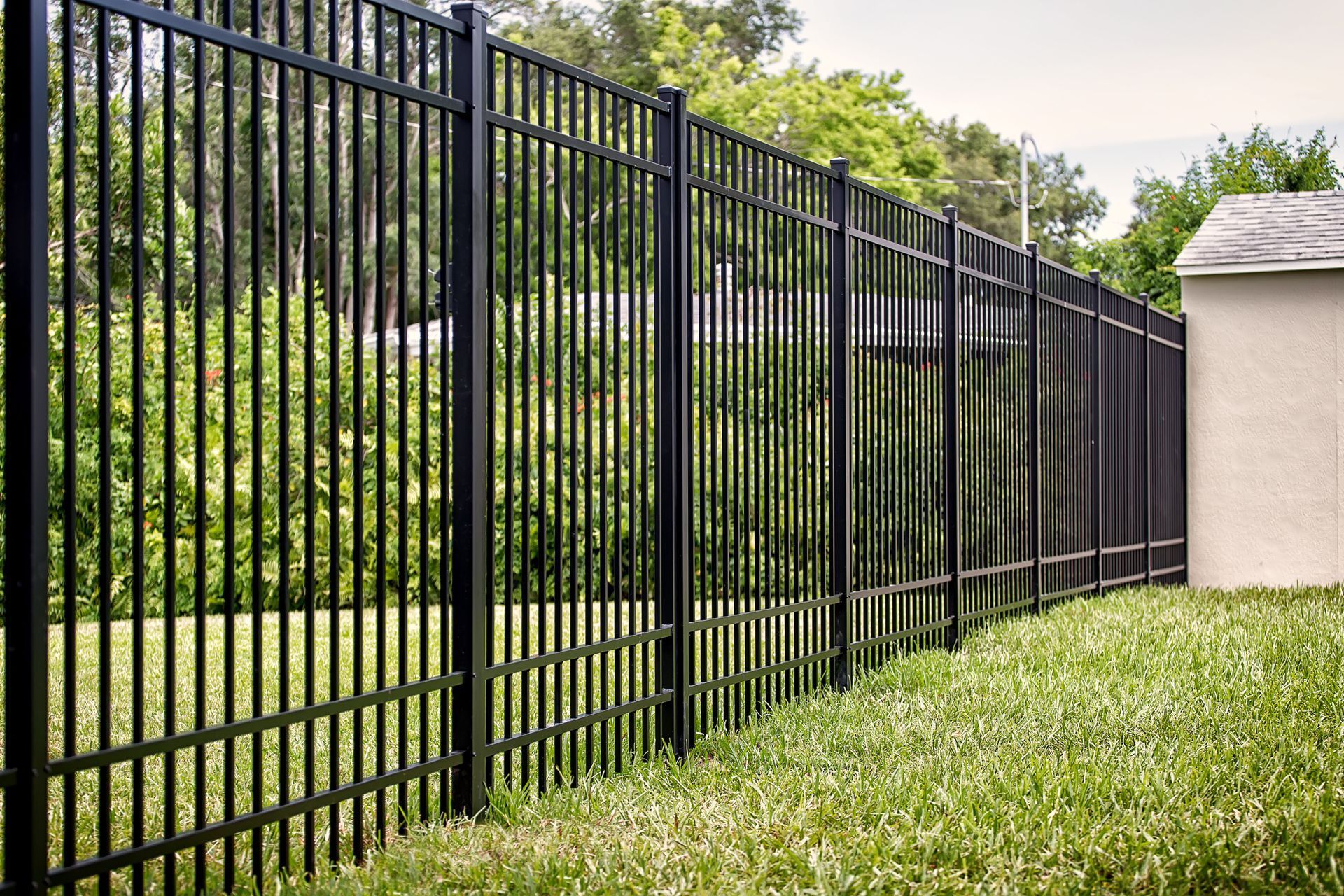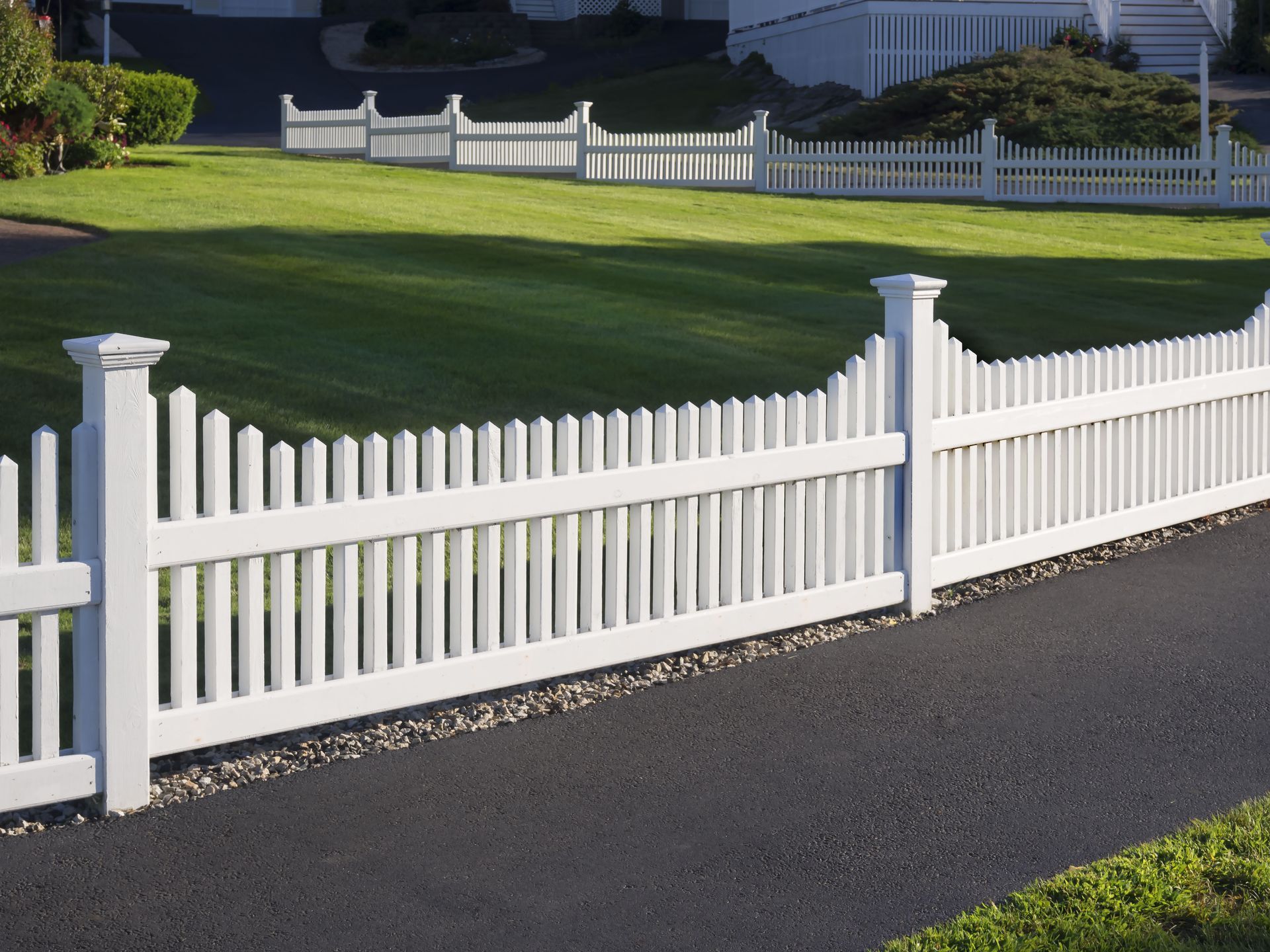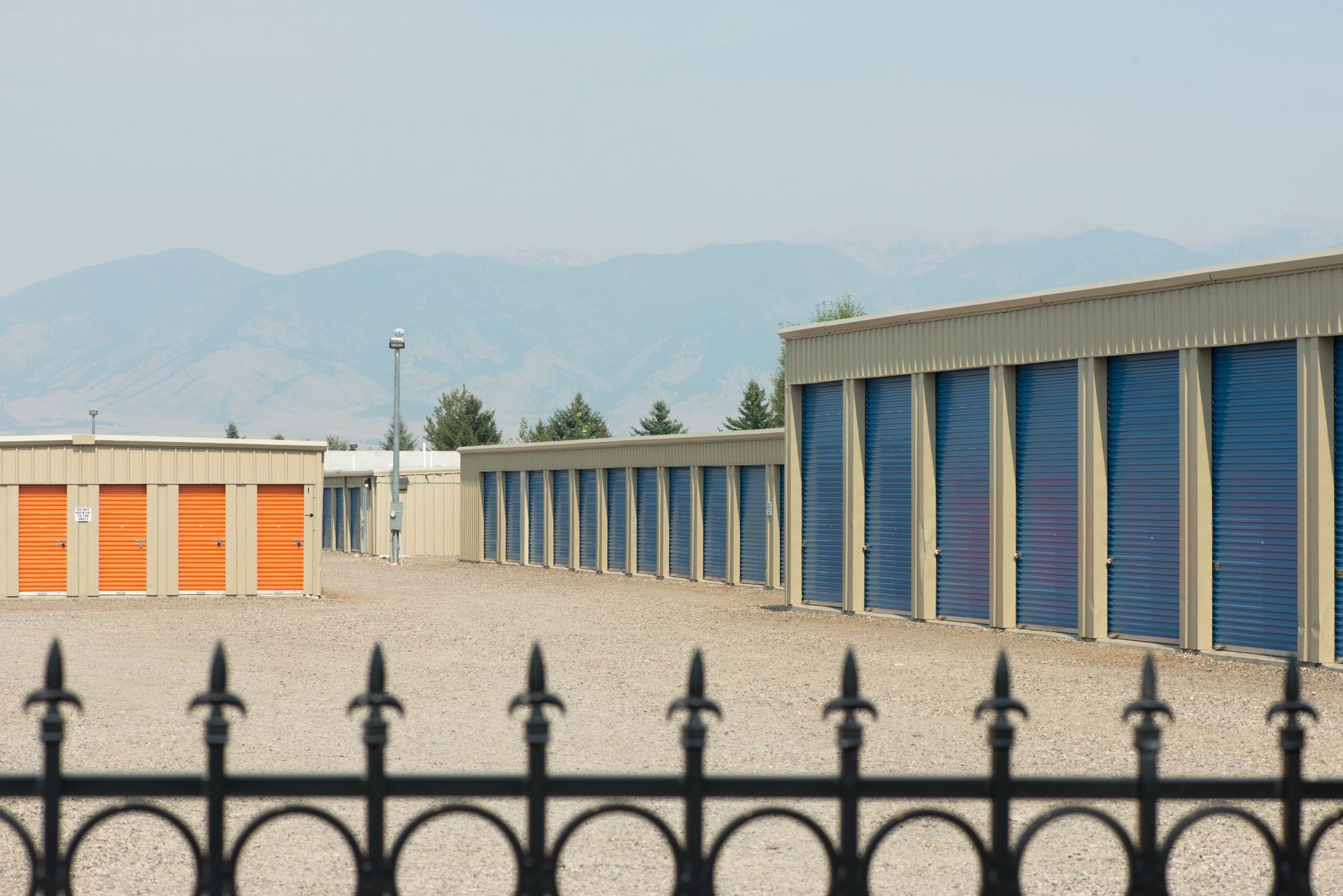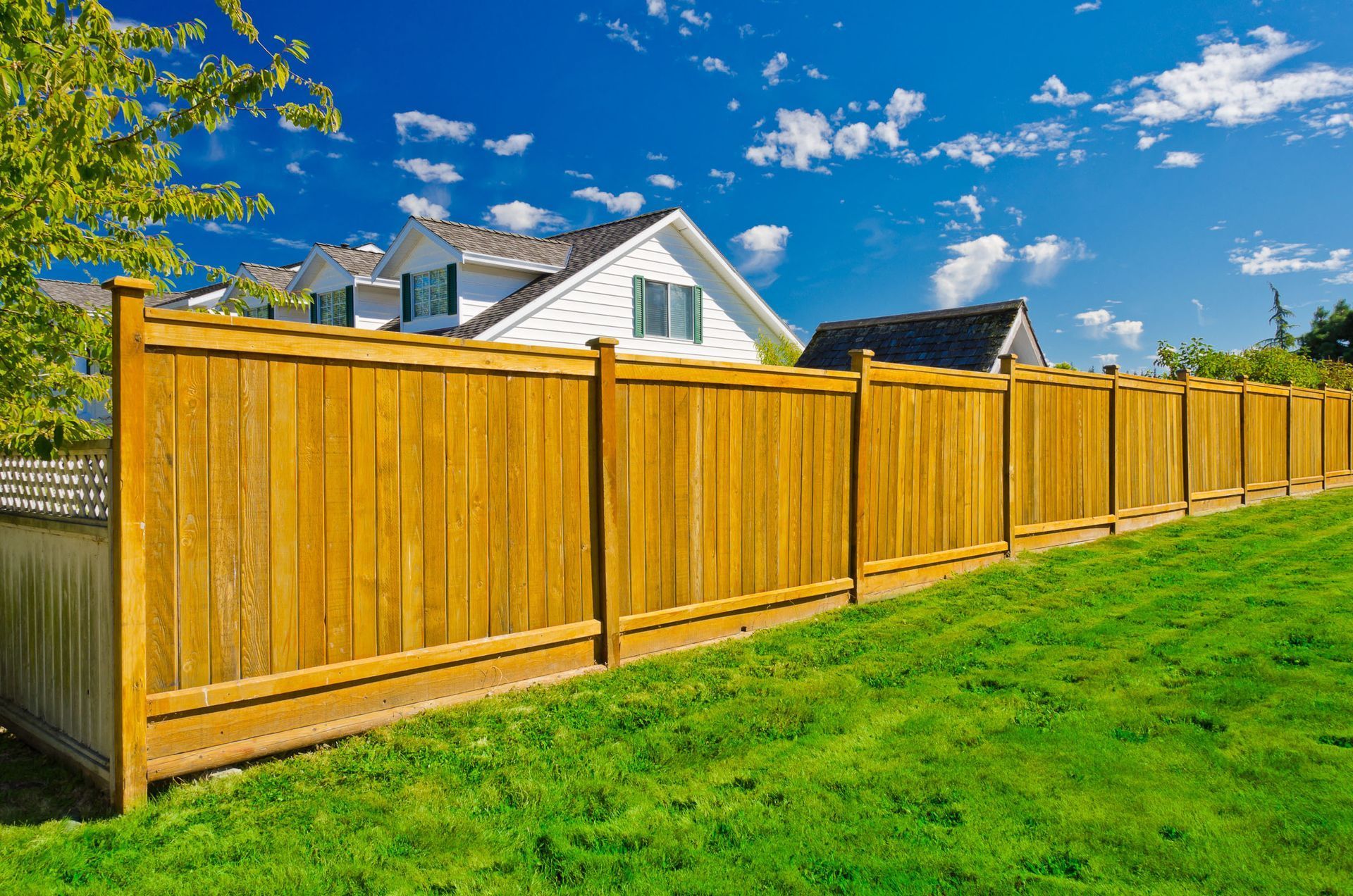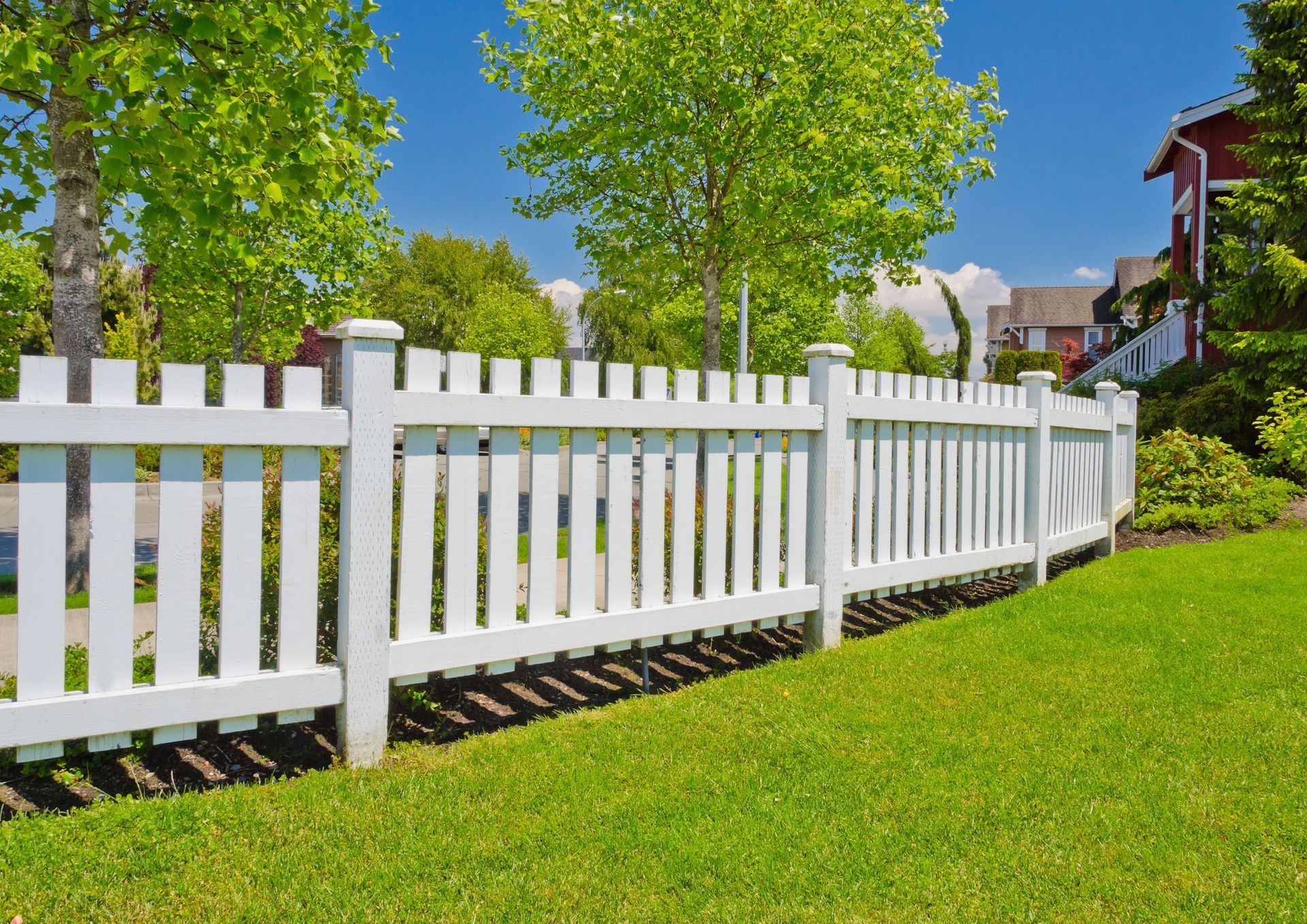The Most Recognized Fences and Borders in History
Throughout history, human societies have constructed fences and borders as symbols of protection, division, and identity. Whether to demarcate property, prevent invasions, or assert control, these structures have played significant roles in shaping political and cultural landscapes. Whether it's a residential, historical, or commercial fence, there is power in a strongly built fence. This blog post explores some of the most recognized fences and borders in history, examining their purposes, impacts, and legacies.
The Great Wall of China
The Great Wall of China stands as one of the most remarkable engineering feats in history. Built, rebuilt, and maintained between the 5th century BC and the 16th century, the Great Wall was primarily constructed to protect the Chinese states from invasions by nomadic tribes. According to Market.US, it is the longest wall in the world, stretching approximately 8,500 kilometers. Beyond its defensive purpose, the Great Wall also served as a powerful symbol of China's strength and cultural unity.
The wall was not just a single continuous structure but rather a network of walls, fortresses, watchtowers, and natural barriers adapted to the terrain. Soldiers stationed along the wall monitored movements, lit signal fires to send warnings, and provided a first line of defense against advancing armies. Over time, the Great Wall became a bustling hub of trade and communication, particularly during the Ming dynasty, when its construction reached its most sophisticated form. Today, the wall is seen as more of a commercial fence, recognized as a UNESCO World Heritage Site, and it draws millions of visitors from around the world each year. Its enduring presence is a testament not only to ancient China’s military strategies but also to its architectural innovation, cultural pride, and determination to protect its people.
The Berlin Wall
The Berlin Wall was more than just a physical barrier; it was a symbol of Cold War tensions. Constructed in 1961 by the German Democratic Republic, the wall enclosed West Berlin and highlighted the ideological divide between the communist East and the capitalist West. Standing until 1989, the wall's fall marked a significant turning point in history and served as a powerful symbol of the end of Cold War divisions. It was a potent reminder of the struggles faced by those who lived through its existence.
For nearly three decades, the wall separated families, restricted travel, and created a climate of fear and surveillance. Guard towers, barbed wire, and heavily patrolled checkpoints reinforced the sense of division, while stories of daring escape attempts underscored the human desire for freedom. Its eventual destruction became a moment of global celebration, symbolizing not only German reunification but also the triumph of unity over oppression.
Hadrian's Wall
Built by the Romans in AD 122, Hadrian's Wall was a defensive fortification in the Roman province of Britannia. Stretching 117 kilometers, the wall marked the northern limit of the Roman Empire in Britain and served to strengthen their control over the region. Though not as extensive as the Great Wall of China, it held strategic importance and represented the might of Roman engineering and military prowess. Today, Hadrian's Wall is a UNESCO World Heritage Site, attracting tourists from around the world.
The Korean Demilitarized Zone
The Korean Demilitarized Zone (DMZ) is one of the most heavily fortified borders in the world. Established after the Korean War armistice in 1953, this 250-kilometer strip acts as a buffer between North and South Korea. Despite its name, the DMZ is far from demilitarized, with its heavy military presence highlighting the ongoing tensions on the Korean peninsula. Paradoxically, the DMZ has inadvertently become a unique wildlife sanctuary, given the lack of human interference over the decades.
Fences and borders have served various roles throughout history, from protecting empires to symbolizing ideological divides. These structures not only reflect the geopolitical realities of their times but also leave lasting impacts on the regions and people they encompass. As global dynamics continue to evolve, so too will the purpose and significance of these physical boundaries. Understanding their historical contexts helps us appreciate their complexities and the challenges they represent in our world today. A residential or commercial fence may not have as much historical weight, but having a fence that pro tects your property is never a bad thing. Contact A&M Fence Corp to get started on your residential or commercial fence today.

